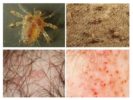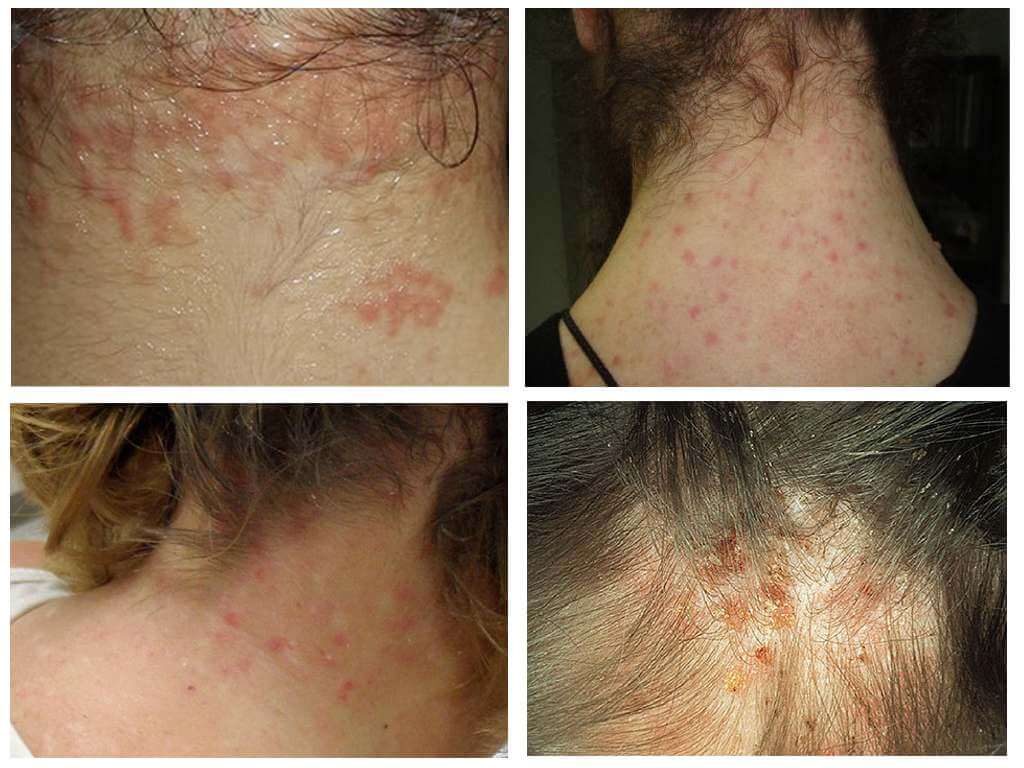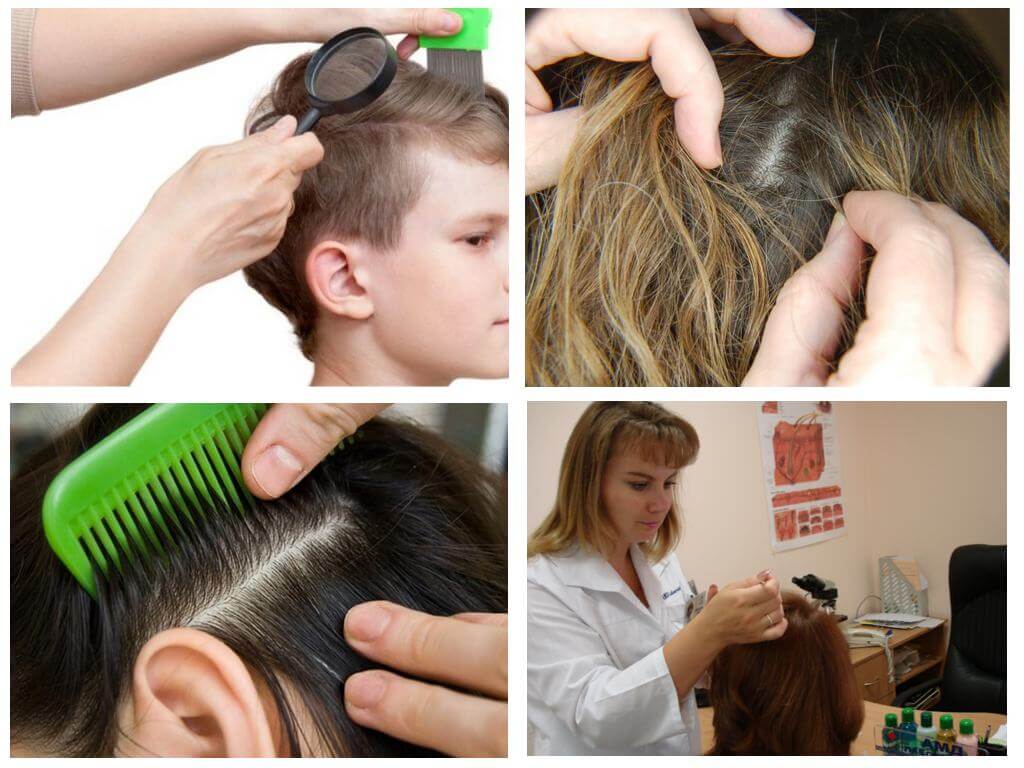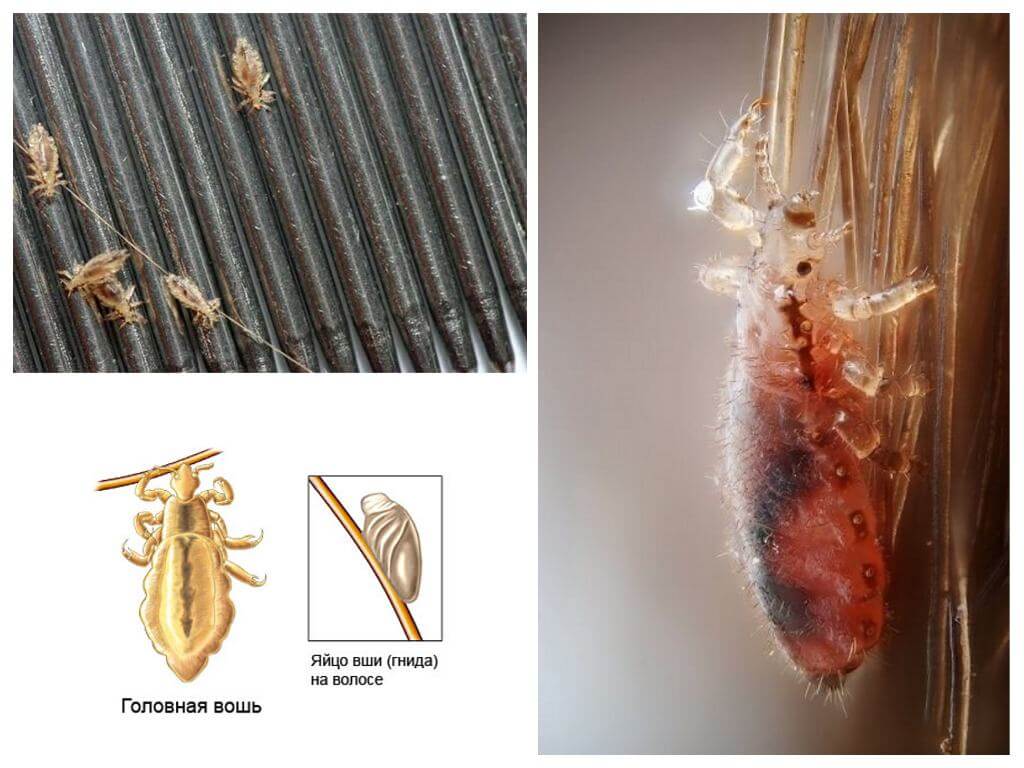- Signs of Lice
- Pubic and body louse
Lice They don’t know how to fly and jump high, but they quickly run from a sick person to a healthy one. One female immediately lays eggs, from which larvae will appear in a week. Pediculosis difficult to recognize at the initial stage. Pests skillfully hide in the hair, and few people pay attention to mild itching. It’s worthwhile to figure out how to understand that you have lice before the disease spoils your life.
Signs of lice in an adult
Parasites feed on human blood. During a bite, they inject a special substance into the wound that prevents blood clotting and causes slight itching. Therefore, it is possible to understand that lice are wound up by the appearance of unpleasant sensations in the temporal or occipital region. It is there that insects love to live.
Head lice can be determined by the presence of nits in the hair. Head louse attaches eggs with a sticky substance to the hair shaft. In appearance nits resemble dandruff. It is small in size and gray-white in color. But it is easy to remove dandruff from the hair, but the parasite's eggs are glued tightly.
On a note!
Itching of the head does not always indicate the presence of parasites. It can cause allergies, seborrhea and severe stress.
The following pests wound up on the hair lice symptoms:
- itching occurs at night;
- the head itches after washing;
- red dots appeared on the skin with traces of clotted blood;
- there is a feeling that someone is running through the hair.
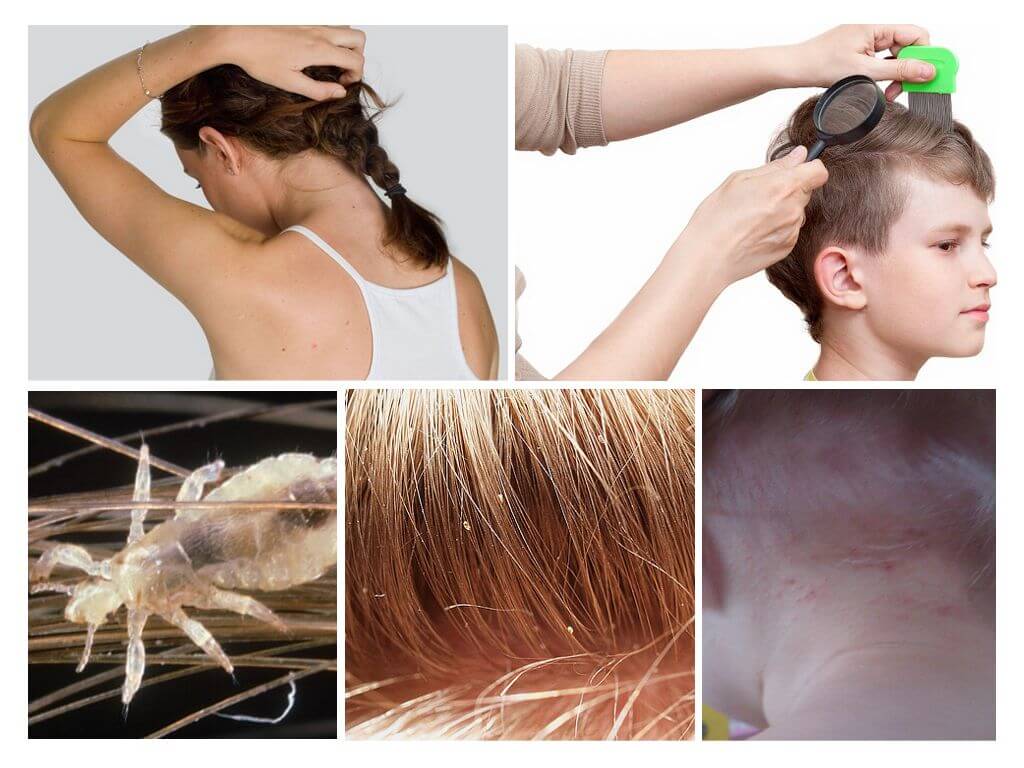
If it was possible to find a single individual, it is worth examining the hair. The series of photos below will help you understand what lice and nits look like. At the initial stage of pediculosis, insects will be difficult to find. But with a thorough examination, they will be able to find their eggs and traces of lice bites.
Signs of pediculosis in a child
Children can ignore itchy scalp and discomfort for a long time. Parents should be vigilant, because it is not easy to detect lice. To find out if there are lice on the head of a child, a routine examination will help. Examine the hair should be once a week.
On a note!
Use a frontal flashlight during inspection. Its light will facilitate the search for small parasites.
In the early stages of pediculosis, the child may feel a slight tingling and itching. If the baby has become restless and moody, then it is necessary to examine his hair and check his body for bites.
The following symptoms should alert parents:
- daughter or son constantly scratches the scalp;
- the child behaves uneasily, complains of insomnia and dizziness;
- bite marks appeared on the back of the head and behind the ears.
For a long time, mothers and fathers may not even realize that a child has lice. After all, insects parasitize not only on the head. The clothes louse lives among clothes, and she needs a person only as a source of nutrition. Therefore, it is also worth inspecting clothes.
Symptoms of the Plasma
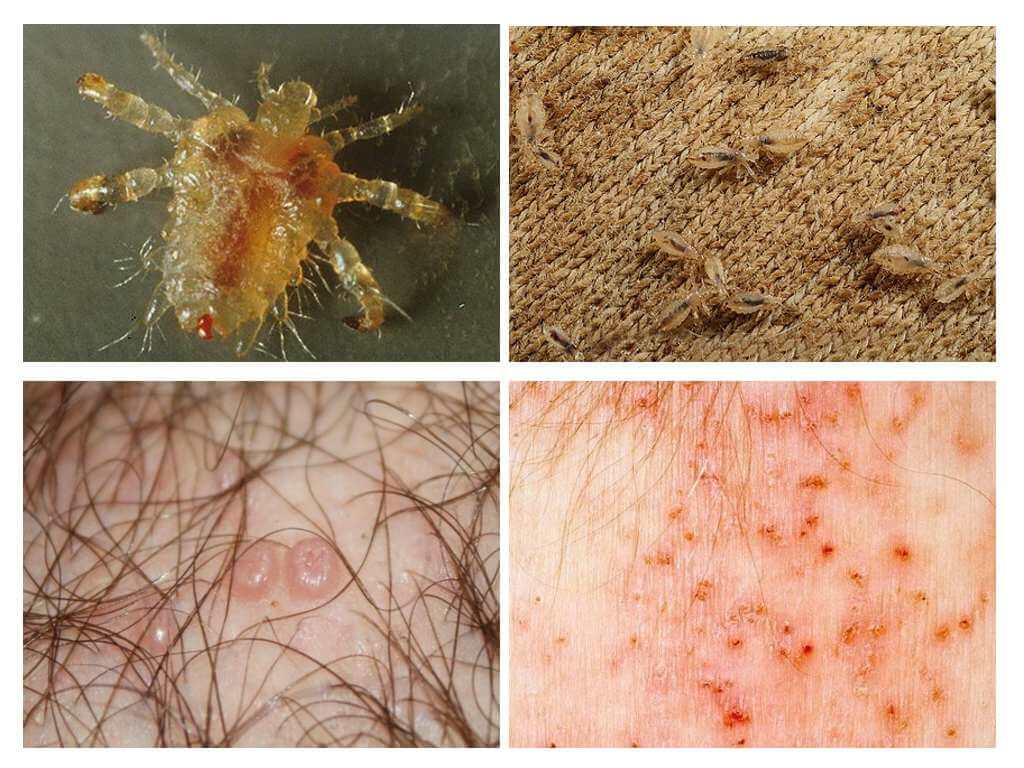
Pediculosis is not only headache. Detection of lice is possible on the pubis, in the armpits, on the eyelashes and eyebrows. Infection with the scaffold is called phthyroidism and refers to sexually transmitted diseases.
An adult can pick up pubic lice in a bath, pool or sauna. But most often, the pest moves to a healthy person during sexual contact.
It is not difficult to determine the presence of lice of this type if you know the symptoms of phthiriasis:
- The pest causes intolerable itching in the bite - the pubis and anus.
- In the advanced stages, traces of bites in the lower abdomen and on the hips can be found.
- Small brown spots appear on the underwear - these are traces of life pubic lice in humans.
- The trail from the bite of the surface has a blue tint.
Interesting!
It is easier to see the plosma after feeding it. Then the insect turns dark orange or brown.
You can find the parasite on the chest and abdomen. Men may notice a pest on their mustache and beard. The insect does not settle on the head.
Symptoms of body lice
Cootie I chose clothes and bedding as a habitat. On the head, she is simply not able to gain a foothold. An adult can not suspect its existence, and perceive itchy spots as an allergy.
Symptoms of lice of this type are as follows:
- bluish spots appear throughout the body;
- it was possible to recognize lice in the folds of clothes.
Louse bite causes the appearance of:
- papule;
- age spots;
- blisters.
In advanced stages, head lice can cause fever, nausea, headache and insomnia.
This type of pediculosis is rare and it is almost impossible to find it in your home. In a clean room, a clothes louse will not be able to start.
How to detect lice
To check for lice, you should examine the hair. Checking can be done at home, if you follow simple rules:
- Pediculosis examination is carried out in good light, better in daylight.
- Before inspection, you need to comb your hair.
- Use a magnifying glass. It will facilitate the search for pests.
Search for lice should begin with the temporal part of the head. You need to grab a thin strand and see it in the light. So you should move from one temple to another. Then the nape is checked.
On a note!
It’s not easy to understand independently whether there are lice in the hair. It is better to ask for help in this matter. A close person will help to identify the parasite and traces of its vital activity.
For each type of parasite, a separate pediculosis treatment. Therefore, you must be able to distinguish between lice. An independent examination of the scalp and underwear will help to detect the pest in time.

